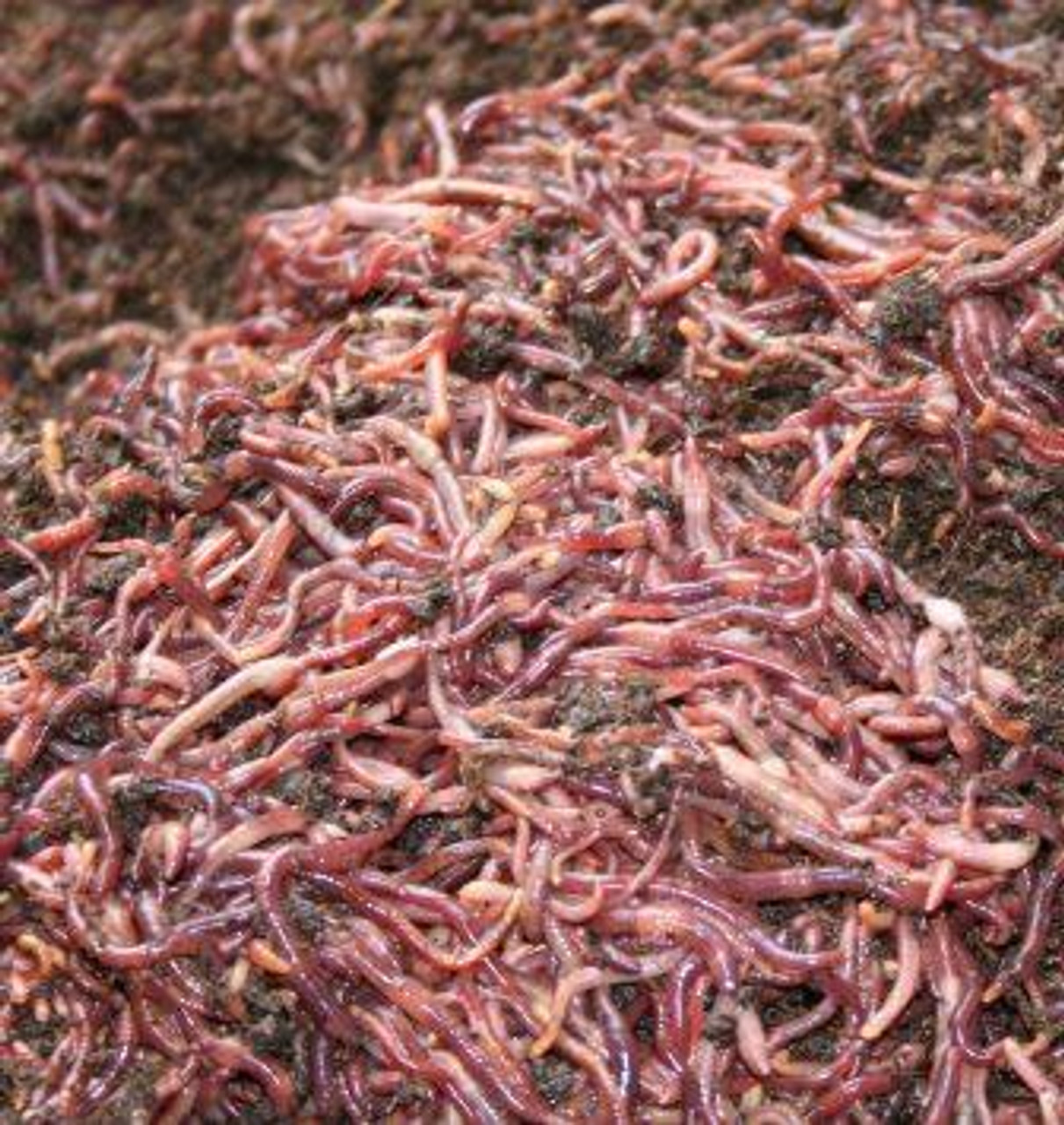Open the Advantages of Red Wiggler Composting for Your Organic Garden
Open the Advantages of Red Wiggler Composting for Your Organic Garden
Blog Article
Understanding the Conveniences of Red Wiggler Composting: Exactly How This Reliable Approach Transforms Organic Waste Into Nutrient-Rich Soil Modifications
Red Wiggler composting, utilizing the types Eisenia fetida, offers a compelling technique to organic waste management, transforming cooking area scraps and lawn debris into beneficial dirt changes. This approach not just boosts soil fertility but additionally addresses pushing environmental issues, consisting of land fill waste reduction and greenhouse gas emissions.
What Are Red Wigglers?
Red wigglers, medically called Eisenia fetida, are a types of earthworm that play a crucial role in vermicomposting systems. These worms are identified by their reddish-brown color, segmented bodies, and a distinct capacity to flourish in organic-rich environments, making them optimal for composting applications - Red Wiggler Composting. Unlike their garden-dwelling equivalents, red wigglers like to occupy the upper layers of soil, where rotting issue is plentiful
Usually measuring in between 3 to 4 inches in size, red wigglers have a high reproductive rate, enabling them to increase rapidly under optimum problems. They have an one-of-a-kind gastrointestinal system that allows them to process organic waste successfully, converting it into nutrient-rich castings, which are very beneficial for plant growth.
Their resistance to varying wetness degrees and temperature level ranges even more improves their energy in vermicomposting configurations, making them a favored option amongst composting fanatics. Additionally, red wigglers are cardio organisms, which requires a well-aerated composting atmosphere, making certain reliable decomposition. Recognizing the biological qualities and behaviors of red wigglers is necessary for enhancing their usage in lasting waste monitoring practices.

Benefits of Vermicomposting
Using the power of vermicomposting offers a multitude of environmental and farming benefits. It considerably minimizes natural waste in garbage dumps, thus lessening methane emissions, a potent greenhouse gas. By diverting food scraps and lawn waste to vermicomposting, we support an even more lasting waste monitoring system.
Furthermore, vermicomposting enhances soil health. The castings generated by red wigglers are abundant in necessary nutrients, microorganisms, and enzymes, enhancing soil framework and fertility. This nutrient-rich change advertises robust plant growth and increases water retention, reducing the demand for chemical plant foods.
In addition, vermicomposting fosters biodiversity in the dirt ecosystem. The introduction of advantageous microorganisms from worm spreadings help in disease suppression and nutrient biking, developing a much healthier environment for plants.
Economically, vermicomposting decreases the costs connected with chemical inputs and garbage disposal. Farmers and garden enthusiasts can grow top notch produce at lower expenditures, contributing to food protection and sustainability.
Exactly How to Beginning Composting
Starting a composting venture can be a fulfilling and straightforward procedure. This will assist keep a well balanced temperature, vital for the composting process.
Gather natural materials such as kitchen scraps, lawn waste, and shredded paper. Objective for a well balanced mix of 'eco-friendly' materials, high in nitrogen (e.g., fruit scraps, coffee grounds), and 'brownish' products, abundant in my company carbon (e.g., dried out leaves, cardboard) A proportion of about 2:1 green to brown products is ideal.
Beginning layering your products, making sure sufficient air flow by transforming the pile frequently. This promotes aerobic decay, speeding up and minimizing smells up the procedure. Monitor wetness degrees; the garden compost must seem like a wet sponge but not overly wet.
Nutrient Profile of Vermicompost
Composting, especially with red wigglers, generates a nutrient-rich product understood as vermicompost. In addition, it provides micronutrients like iron, calcium, and magnesium, fostering durable plant growth and enhancing soil health.
The microbial task existing in vermicompost additionally enhances its profile, introducing valuable germs and fungi that promote nutrient availability and uptake in plants. This biological click over here now part aids in reducing plant diseases and boosting dirt structure, resulting in enhanced water retention and oygenation.

Environmental Effect of Composting
The environmental influence of composting, especially through using red wigglers, is extensive and diverse. This method dramatically minimizes the quantity of natural waste sent to landfills, which in turn decreases greenhouse gas discharges, particularly methane-- a powerful contributor to climate change. By drawing away organic materials from landfills, red wiggler composting not only helps minimize environmental deterioration but likewise promotes sustainable waste administration techniques.

In addition, composting contributes to carbon sequestration, as the procedure captures carbon dioxide from the environment and shops it in the dirt. This natural process aids in combating climate modification while enhancing the dirt - Red Wiggler Composting. Overall, red wiggler composting presents a practical, eco-friendly solution for waste management and environmental sustainability, promoting much healthier ecosystems and a more lasting future
Verdict
Finally, Red Wiggler composting works as a reliable technique for converting organic waste right into beneficial dirt changes. The process not just boosts dirt fertility and framework yet additionally reduces environmental concerns related to waste disposal. By utilizing Eisenia fetida, this form of vermicomposting adds to boosted biodiversity and sustains lasting farming techniques. Eventually, Red Wiggler composting plays a critical duty in advertising healthier environments and resolving the obstacles of climate adjustment.
Red Wiggler composting, utilizing the species Eisenia fetida, provides a compelling approach to natural waste monitoring, transforming kitchen area scraps and backyard debris right into important soil changes. Unlike their garden-dwelling counterparts, red wigglers choose to occupy the top layers of soil, where decomposing issue is abundant.
The spreadings generated by red wigglers are rich in essential nutrients, germs, and enzymes, enhancing dirt structure and fertility. The nutrient-rich results of red wiggler activity enhance dirt framework, increase water retention, and promote biodiversity within the soil environment.In conclusion, Red Wiggler composting serves as a reliable method for converting organic waste right into beneficial soil changes.
Report this page